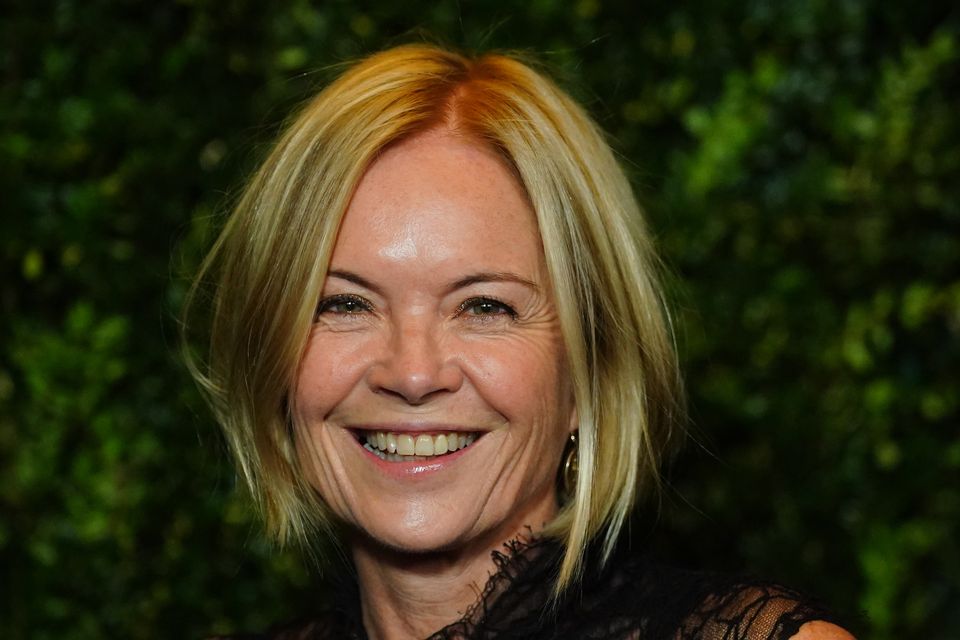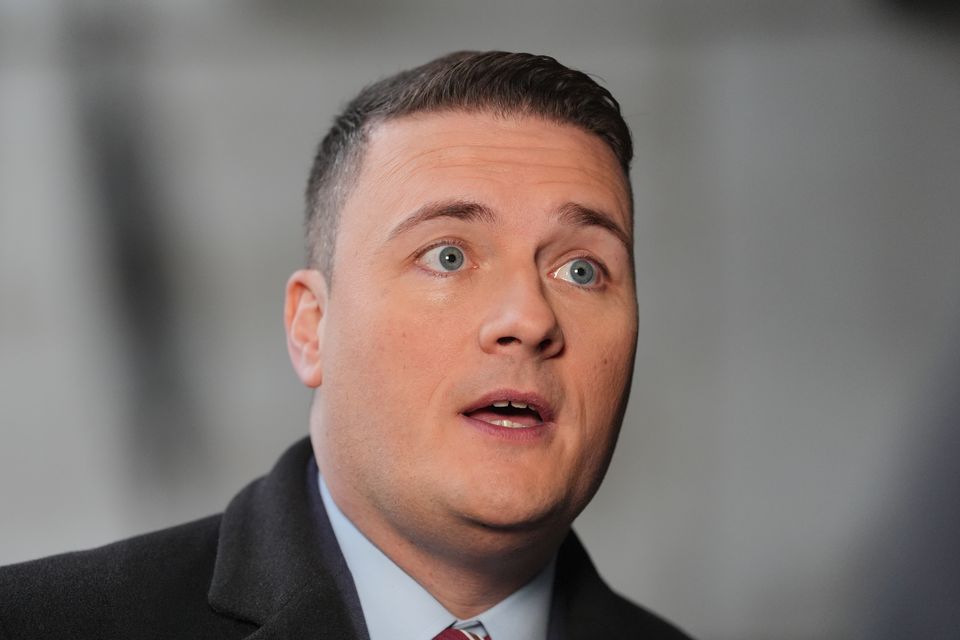The Health Secretary has been urged to “honour” his pledge to make a service that identifies those at risk of broken bones caused by osteoporosis universal by campaigner Mariella Frostrup.
The presenter, who is an ambassador for the Royal Osteoporosis Society (ROS), said the condition “disproportionately affects women” and warned the impact of people not being diagnosed can be “enormous” to the economy.
It comes as research found the impact of osteoporosis could be costing employers about £130 million a year.
Fracture liaison services are usually led by a specialist nurse and contact those over 50 who have suffered fragility fractures – or broken bones which would be unlikely in someone with no decline in bone density – to assess bone health and try to prevent future breaks.
However, they have previously been described as a postcode lottery by the ROS.
The Government has committed to 100% coverage of fracture liaison services by 2030, with Wes Streeting being urged to honour the pledge as he prepares to issue his NHS priorities for 2025/26 planning guidance to trusts.
Ms Frostrup, who is chairwoman of campaign group Menopause Mandate, said: “When cuts are made to budgets all too often they impact on women’s health, already historically inadequately funded.
“Osteoporosis disproportionately affects women, particularly as a hidden symptom of hormone loss during peri-menopause and menopause.
“The absence of fracture liaison services means tens of thousands of people are victim to life-changing injuries.
“Wes Streeting recognised the importance of fracture liaison services in his election pledge and we’re calling on him to honour that promise.
“Otherwise we’ll continue to see people, especially women, step away from their careers and be subjected to a life of needless disability at a personal cost to them and for our economy.”
Menopause campaigner and broadcaster Mariella Frostrup warned osteoporosis disproportionately affects women (Victoria Jones/PA)
Osteoporosis causes bones to weaken over time, making them more fragile and likely to break.
According to the NHS, the most common injuries include broken wrists, hips or spinal bones, although coughs and sneezes can cause broken ribs in people with the illness.
Women are at a higher risk of developing osteoporosis than men because of the hormonal changes that occur during menopause.
After menopause, the female body produces very little oestrogen, a hormone vital in building and maintaining bones.
The ROS estimates half of women and 20% of men over 50 will break a bone because of osteoporosis.
Earlier this week, the Government announced it would boost NHS bone density scanning with up to 13 new scanners, providing an estimated 29,000 additional scans.
The Government has committed to 100% coverage of fracture liaison services by 2030, with Health Secretary Wes Streeting urged to keep the promise (Jonathan Brady/PA)
However, Ms Frostrup warned the absence of fracture liaison services are leading to “enormous” costs to the economy.
Research by Lane, Clark and Peacock (LCP), commissioned by the ROS, estimated working age people suffer 58,000 broken bones as a result of the condition every year, the majority of which are women.
Sick days and absences associated with caring for those with fractures could be costing employers an estimated £130 million annually, according to the think tank.
It claims businesses lose about 1.5 million work days every year as a result, comprising one million sick days and 500,000 lost to carers absences.
Ms Frostrup added: “The costs to the workforce and the economy are enormous and it’s entirely preventable.
“Bone medications, and in the case of women, HRT, can be invaluable weapons in the armoury but diagnosis is key.”
A Department of Health and Social Care spokesperson said: “We are spearheading the battle against cruel conditions like osteoporosis.
“Last weekend we announced funding for vital cutting-edge bone density scanners, which will enable 29,000 additional scans to be carried out per year, helping to ensure patients are diagnosed earlier and treated quicker to prevent fractures.
“Through our Plan for Change we will cut waiting times, including for fracture patients, so more people of all ages get their lives back.”

